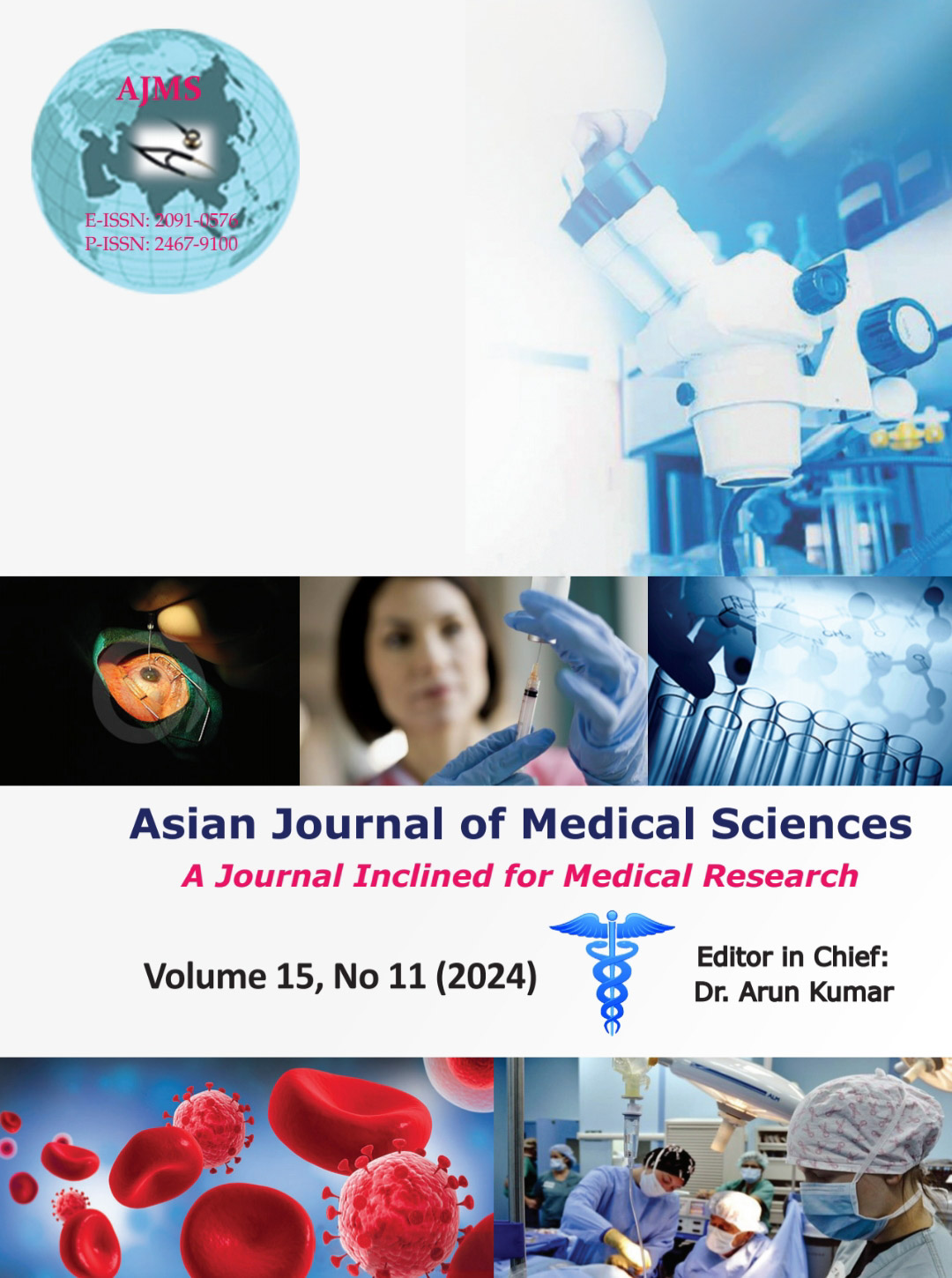Predictive superiority of abdominal obesity measures over body mass index in Indian hypertensive adults
Keywords:
Hypertension; Indian; Body-mass index; Waist-hip ratio; Waist circumference; Co-morbidities; Cerebrovascular accidents; Coronary artery disease; Abdominal obesityAbstract
Background: Obesity has emerged as an epidemic and is known to be associated with multiple co-morbidities, contributing to increased morbidity and mortality. Body-mass index (BMI) has been traditionally used to assess obesity in an individual but abdominal obesity markers are being claimed to have a stronger association with adverse cardiovascular outcome as compared to BMI. However, there are only a few studies that have evaluated these indices in Asian Indians.
Aims and Objectives: The study was conducted to compare BMI and waist measurement based indices among hypertensive adults and their association with adverse cardiovascular outcomes. The secondary objectives were to determine any gender-based differences among anthropometric indices and improved predictability on adding waist-based indices to BMI.
Materials and Methods: An observational study was conducted to analyse association of anthropometric indices such as BMI, A body shape index (ABSI), Waist–hip ratio (WHR), Waist-to-height ratio (WHtR), Lean body mass-to-weight ratio, and Waist circumference (WC), with risk of cerebrovascular accidents (CVA) and coronary artery disease (CAD) in Indian hypertensive adults.
Results: In total, 400 participants were included and female subjects were noted to have higher prevalence of obesity in our study population. Only 33.25% patients had BMI in recommended range and the numbers were even lower for WHtR and WHR. BMI and ABSI were found to have a weak association with development of co-morbidities while measures of abdominal obesity such as WHR, WC, and WHtR were found to have consistently strong association with CVA and CAD with high sensitivity and negative predictive values.
Conclusion: More accurate markers of abdominal obesity can help in better assessment of cardiovascular risk among high-risk population to improve the overall outcome. Easy to use, outpatient-based markers such as WC, WHR, and WHtR appear to be better than BMI in risk assessment.
Downloads
Downloads
Published
How to Cite
Issue
Section
License
Copyright (c) 2024 Asian Journal of Medical Sciences

This work is licensed under a Creative Commons Attribution-NonCommercial 4.0 International License.
Authors who publish with this journal agree to the following terms:
- The journal holds copyright and publishes the work under a Creative Commons CC-BY-NC license that permits use, distribution and reprduction in any medium, provided the original work is properly cited and is not used for commercial purposes. The journal should be recognised as the original publisher of this work.
- Authors are able to enter into separate, additional contractual arrangements for the non-exclusive distribution of the journal's published version of the work (e.g., post it to an institutional repository or publish it in a book), with an acknowledgement of its initial publication in this journal.
- Authors are permitted and encouraged to post their work online (e.g., in institutional repositories or on their website) prior to and during the submission process, as it can lead to productive exchanges, as well as earlier and greater citation of published work (See The Effect of Open Access).




